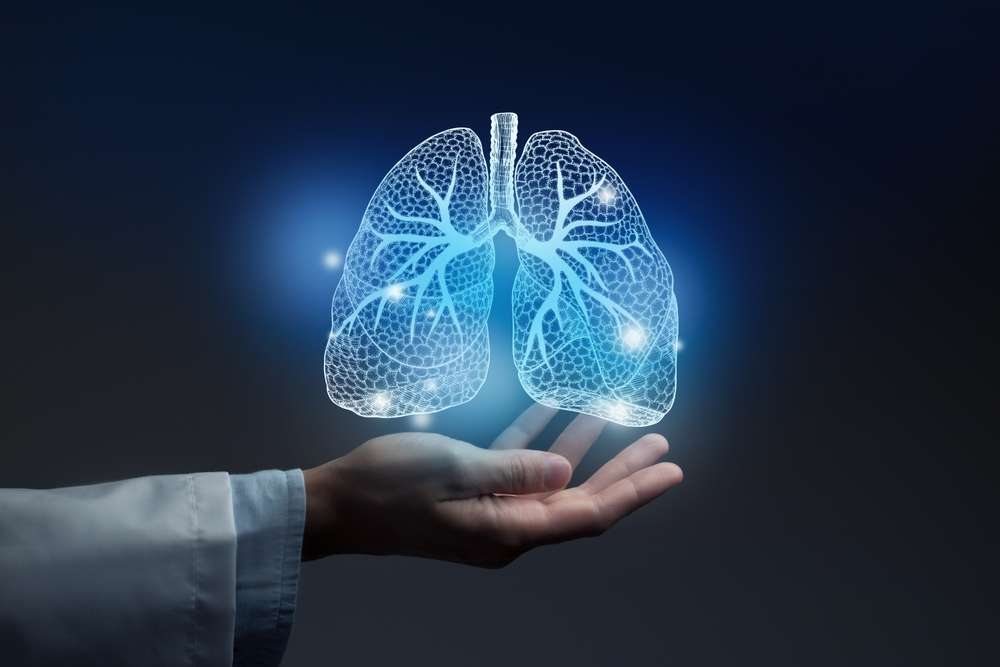
AirGels mimic human respiratory tract to help study antibiotic-resistant bacteria
AirGels are organoids created by researchers that mimic the human respiratory tract. They can examine how antibiotic-resistant bacteria like Pseudomonas aeruginosa invade the lungs using AirGels. Although studying biofilms in the lab has limitations, the AirGels imitate lung tissue features such as mucus and cilia. The AirGels were employed by the researchers to explore how P. aeruginosa develops biofilms. They revealed that P. aeruginosa causes mucus contraction via force-generating filaments, allowing the bacteria to collect into biofilms. The AirGel model revealed previously unknown mechanisms of biofilm development, providing new insights into the mechanical interactions between bacteria and lung environments. The ability to construct organoids that imitate the lung environment opens up new avenues for studying airway infections and developing tailored therapies for antibiotic-resistant bacteria.
To know more: About the original article click here.
